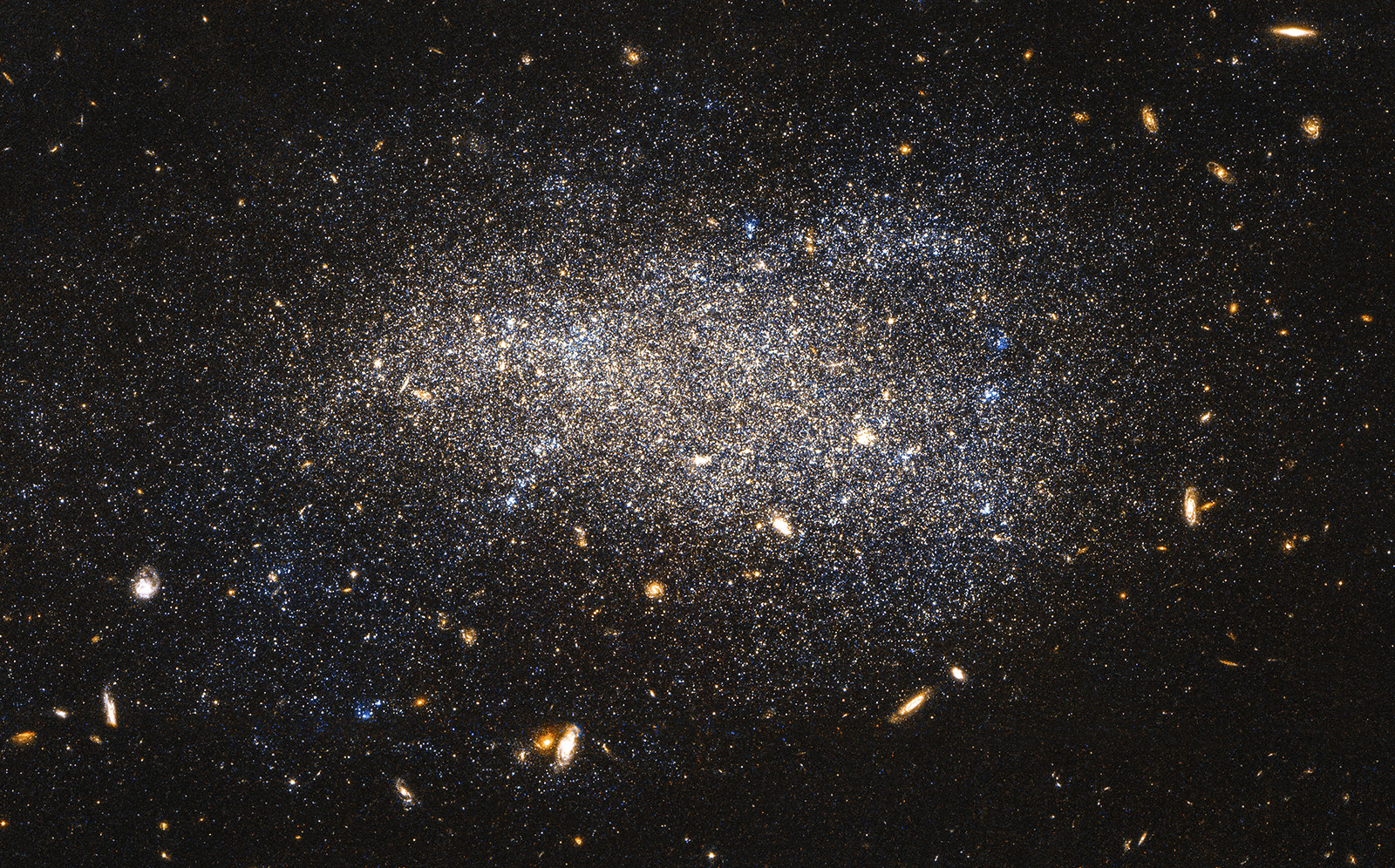The universe is massive, so massive it’s difficult for the human mind to comprehend. The Milky Way, our home galaxy, has over 100 billion stars in it. There are also billions of galaxies out there, which means answering some of the fundamental scientific mysteries of the universe requires measurements that create enormous amounts of data. Because everything in space is in motion, these measurements take a long time as well. Telescopes are pointed at the sky for years at a time to capture the movement of stars, planets and galaxies. Researchers at the University of Texas at Austin, along with thousands of citizen scientists around the world, had the time needed to research the skies over the Davis mountains in West Texas; they’ve been taking images and measurements since 2017. With the help of resources from the Texas Advanced Computing Center (TACC), an ACCESS Resource Provider, they also had the computational power to turn those numbers and images into data they could use.
The HETDEX project goal is to accurately measure the expansion of the universe. The hope is that this treasure trove of celestial data will shed some light on how fast the universe is currently expanding. But the data is useful for a number of other research projects as well. On the way to discovering the speed of universal expansion, the HETDEX project has cataloged thousands upon thousands of new galaxies, and even several thousand possible new black holes. All this valuable data will continue to be combed through by scientists, and analyzed with simulations and deep learning utilizing supercomputing resources like those available through ACCESS.
This new catalog adds valuable data in finally answering the ‘million galaxy’ question, which is something the HETDEX Collaboration is working very hard on in the coming year. But there’s a bigger picture here, and that’s what we give back to the community, not just to the scientists around the world but the general community. We wouldn’t be able to do this work without the supercomputing resources and experts at TACC, through allowing us the computing power to run many analyses of the data and continue to improve the process.
Karl Gebhardt, professor of astronomy, University of Texas at Austin
The team of researchers published their findings in The Astrophysical Journal.
You can read more about this story here (published February 9, 2023): HETDEX Reveals Galaxy Gold Mine in First Large Survey
Project Details
Institution: TACC (Texas Advanced Computing Center)
Funding Agency: NSF
The science story featured here, allocated through August 31, 2022, was enabled through Extreme Science and Engineering Discovery Environment (XSEDE) and supported by National Science Foundation grant number #1548562. Projects allocated September 1, 2022 and beyond are enabled by the ACCESS program, which is supported by National Science Foundation grants #2138259, #2138286, #2138307, #2137603, and #2138296.


